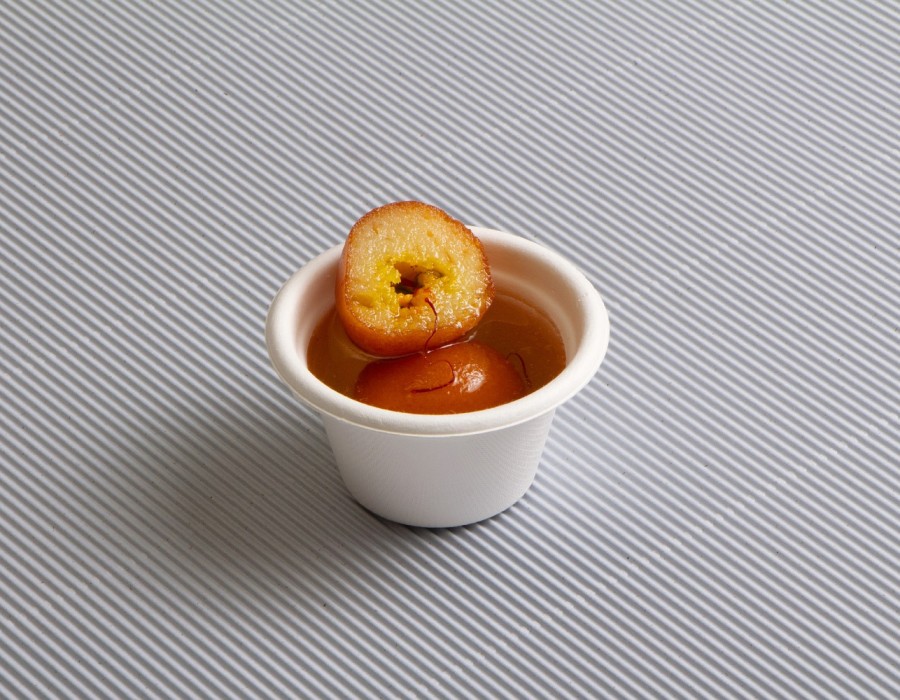Introduction
The circular economy is an innovative approach to production and consumption that focuses on minimizing waste and making the most of resources. Unlike the traditional linear economy, which follows a "take, make, dispose" model, the circular economy aims to close the loop by keeping products, materials, and resources in use for as long as possible. In this context, sugarcane bowls play a significant role by offering a sustainable, compostable alternative to traditional single-use plastics, thereby contributing to a more sustainable and circular system.
The Role of Sugarcane Bowls in Reducing Waste
One of the key ways sugarcane bowls contribute to the circular economy is by reducing waste. Made from bagasse, the fibrous residue left after extracting juice from sugarcane, these bowls utilize a byproduct that would otherwise go to waste. By transforming this agricultural waste into useful products, sugarcane bowls not only prevent waste from entering landfills but also reduce the need for virgin materials. Additionally, since sugarcane bowls are compostable, they can be returned to the earth as nutrient-rich compost after use, thus completing the cycle of resource use.
Sustainability Through Resource Efficiency
Sugarcane bowls also contribute to resource efficiency, a core principle of the circular economy. By using a renewable resource like sugarcane, which is harvested annually, these bowls help reduce reliance on finite resources such as petroleum-based plastics. Furthermore, the production process for sugarcane bowls is relatively low in energy consumption compared to traditional plastics, leading to a smaller carbon footprint. This efficient use of resources aligns with the circular economy's goals of maximizing value while minimizing environmental impact.
Promoting a Shift Towards Circular Consumption Patterns
The adoption of sugarcane bowls by businesses and consumers supports a broader shift towards circular consumption patterns. As more companies and individuals choose sustainable products like sugarcane bowls, the demand for circular economy solutions increases. This shift encourages innovation in the design and production of eco-friendly alternatives, further embedding circular principles into the economy. Additionally, the use of compostable products like sugarcane bowls helps raise awareness about the importance of waste reduction and responsible consumption.
Conclusion: Sugarcane Bowls as a Catalyst for Circular Economy
In conclusion, sugarcane bowls are more than just an eco-friendly alternative to plastic—they are a catalyst for advancing circular economy models. By reducing waste, enhancing resource efficiency, and promoting sustainable consumption, sugarcane bowls play a vital role in transforming how we produce, use, and dispose of products. As businesses and consumers continue to embrace these sustainable solutions, the shift towards a more circular and resilient economy becomes increasingly achievable.





Comments